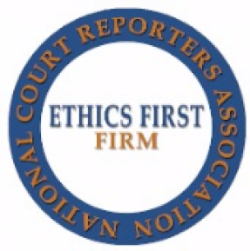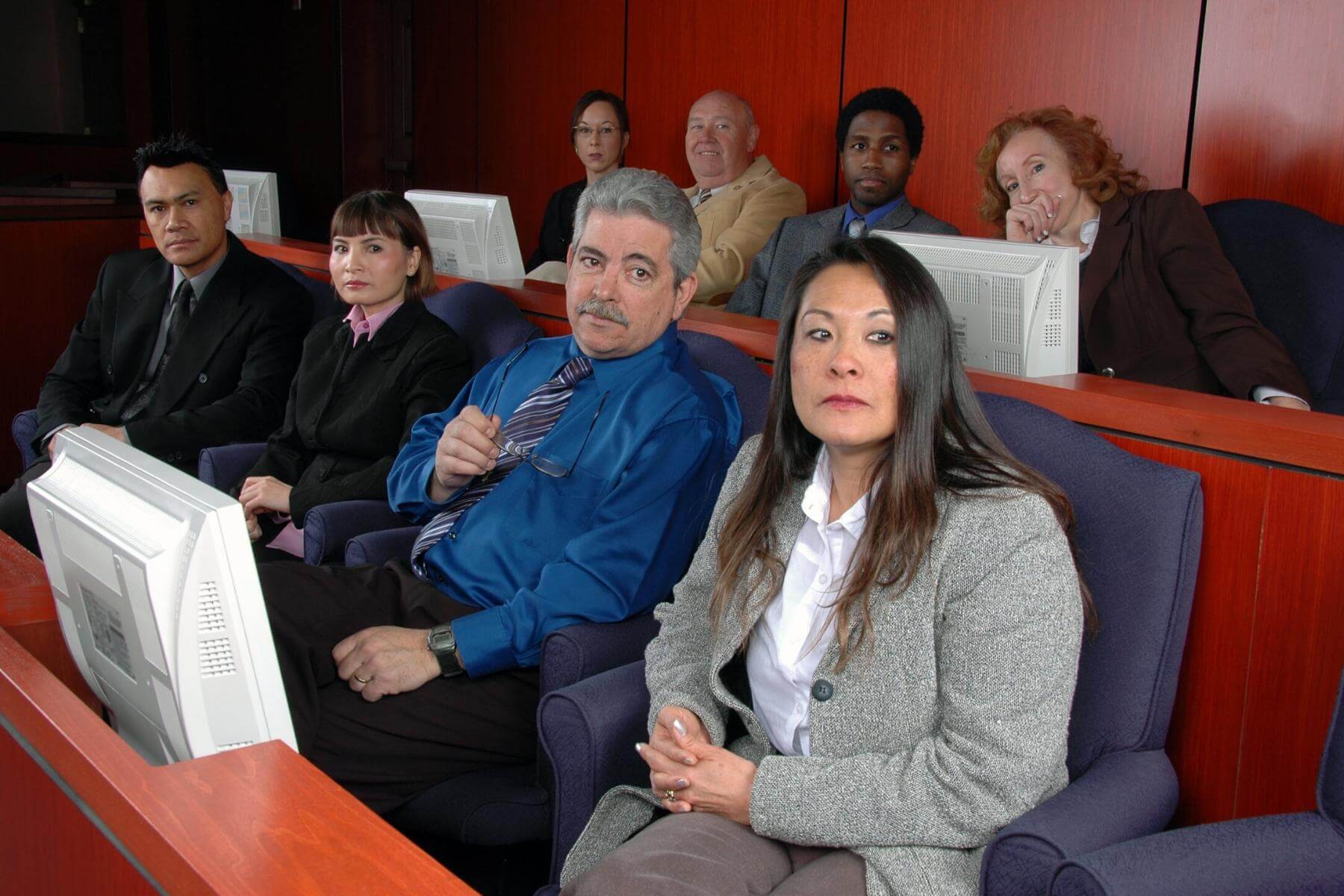Modern trial presentations bring cases to life.
Modern trial presentations bring cases to life.
Blog Article
Understanding How Test Presentations Can Transform Your Lawful Approach
The combination of trial presentations right into legal technique is progressively acknowledged as an essential aspect in the court room. By harnessing the power of aesthetic narration and multimedia elements, lawyers can offer intricate details in a way that reverberates with jurors and improves their understanding.
The Value of Visual Storytelling

Using the power of aesthetic storytelling can dramatically improve the effectiveness of test discussions. In the realm of lawful proceedings, the capacity to communicate complex info in an engaging and obtainable way is critical. Aesthetic storytelling goes beyond standard verbal interaction by integrating pictures, charts, and videos to highlight bottom lines, making the story much more engaging and simpler to understand.
Jurors often battle to keep detailed details provided only with message or speech; however, a well-crafted aesthetic narrative can enhance retention and cultivate a deeper emotional connection to the case. Aesthetic help can simplify difficult evidence, emphasize discrepancies, and emphasize essential arguments, thus strengthening the lawyer's narrative.

Key Aspects of Reliable Presentations
Efficient test discussions rest on a number of crucial elements that contribute to their general influence and clarity. A well-structured narrative is important. The presentation must comply with a sensible circulation, guiding the court through the facts and arguments in a meaningful fashion. This aids jurors to easily understand complicated info and maintain crucial points.
Aesthetic aids play an important role. Utilizing graphes, layouts, and pictures can improve understanding by showing key principles and proof. These elements should be clear and properly made, preventing unnecessary mess that can sidetrack from the message.
Another pivotal aspect is the audio speaker's distribution. Confidence, clarity, and engagement are crucial for preserving the jury's attention. Exercising efficient body language and singing modulation can substantially improve the persuasiveness of the discussion.
Leveraging Modern Technology in the Court
The assimilation of innovation in the courtroom has actually transformed the method lawful presentations are performed, improving both efficiency and understanding. Modern tools such as digital evidence discussion systems allow lawyers to display records, videos, and photos in a clear and orderly fashion, assisting in better understanding among jurors. These systems make it possible for real-time annotations and zoom functions, which can highlight essential aspects of evidence that might or else go unnoticed.
In addition, cloud-based systems provide lawyers the capacity to access situation products remotely, making certain that they can provide details perfectly, no matter location - trial presentations. Digital displays and projectors have changed typical boards, offering a much more interesting and visually attractive technique for offering disagreements
Using trial presentation software application further improves the preparation process, permitting lawful groups to organize their materials successfully. This technology cultivates cooperation amongst team members, making certain that all facets of the case are dealt with adequately.
Ultimately, leveraging technology in the courtroom not only enhances the presentation of proof but likewise supports a more convincing narrative, allowing attorneys original site to interact their disagreements properly and purposefully. Welcoming these innovations is important for attorneys aiming to raise their court presence and achieve favorable outcomes.
Involving Jurors Via Multimedia
Multimedia discussions offer as an effective tool for engaging jurors, transforming traditional courtroom characteristics right into even more interactive and compelling experiences. By incorporating visual components such as video clips, animations, and infographics, legal professionals can catch jurors' interest and enhance their understanding of intricate details. Visual aids not just streamline complex legal concepts yet additionally evoke emotions, making the situation more relatable and unforgettable.
Making use of multimedia straightens with how individuals normally refine details today, where aesthetic stimuli dominate communication. Jurors usually maintain information better when it is provided in a visually appealing style, promoting boosted recollection throughout deliberations. Efficient multimedia presentations can highlight vital evidence, display timelines, and present witness testimonies in a format that resonates with jurors, cultivating deeper connections to the instance.
Moreover, multimedia can assist keep jurors' focus, minimizing the chance of disengagement throughout prolonged test proceedings. By breaking the monotony of conventional spoken presentations, attorneys can develop a vibrant story that holds jurors' passion. Ultimately, leveraging multimedia not just boosts understanding but can additionally influence jurors' understandings and choices, making it a very useful property in contemporary legal methods.
Approaches for Crafting Engaging Stories
Crafting engaging stories is vital for attorneys seeking to resonate with jurors and communicate their instance properly. A well-structured story not just records attention but also helps with understanding and retention of crucial realities.
To develop a powerful story, lawyers need to begin by the original source identifying the core motif of their situation. This main motif must mirror the emotional and factual heart of the matter, guiding the tale throughout the test. Next off, lawyers must consider their target market-- jurors that might not have legal proficiency. Simplifying intricate lawful terminology into relatable language can bridge this void - trial presentations.
Incorporating character-driven storytelling is also crucial. Jurors get in touch with individuals rather than abstract concepts, so presenting a compelling protagonist-- be it the customer or a target-- can evoke empathy. In addition, utilizing a sequential structure helps keep quality, enabling jurors to comply with the story flawlessly.
Visual help, when utilized strategically, can improve storytelling by highlighting bottom lines and strengthening the story's emotional influence. Eventually, an engaging narrative not just informs yet likewise encourages, making it a critical aspect in a lawyer's trial approach. Crafting such narratives calls for cautious preparation and an understanding of the juror's perspective, ensuring the situation reverberates on a human level.

Conclusion
Finally, trial discussions represent a pivotal component in contemporary legal method, enhancing the effectiveness of interaction within the courtroom. By using visual narration and integrating multimedia components, lawyers can simplify complex information and involve jurors on an emotional degree. The strategic use of technology additional enhances the influence of presentations, facilitating the retention of critical disagreements. Ultimately, the cautious building and construction of narratives Read Full Report incorporated with powerful visuals dramatically strengthens instances and increases the probability of favorable results in lawsuits.
Report this page